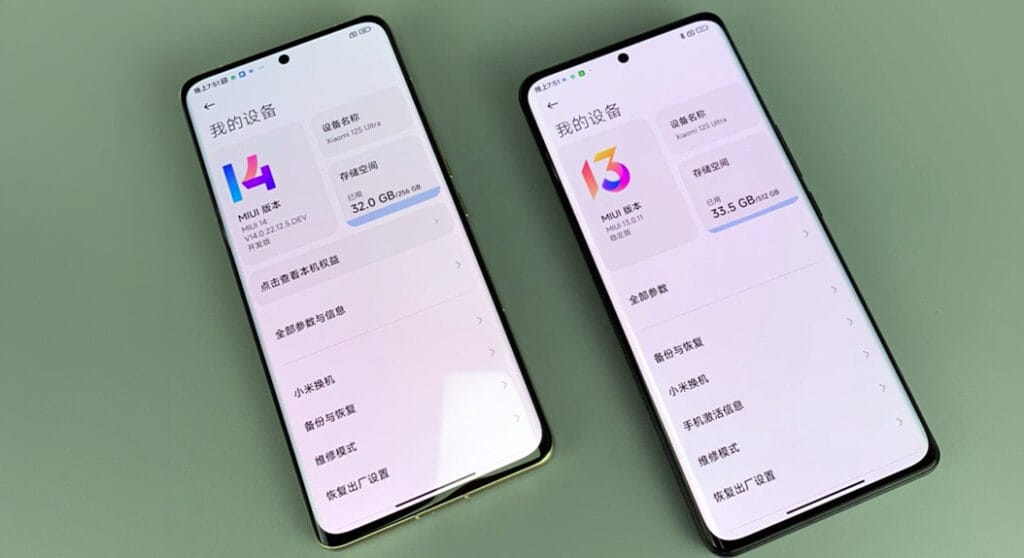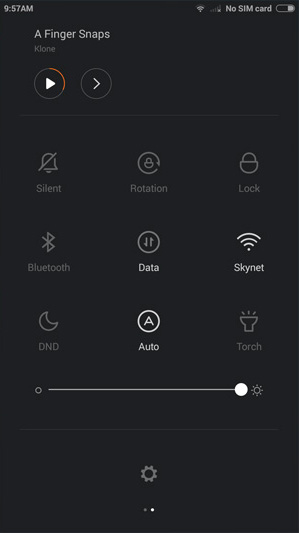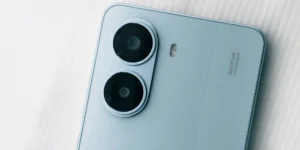Innovation and user-centricity have marked Xiaomi’s software journey since 2010. MIUI V1, based on Android 2.2, brought a drawerless home screen and T9 dialer to get things simple and accessible. Later came weekly update cycles, theme engines, flat design, dual apps, split-screen, and advanced privacy features with subsequent updates. HyperOS continues this very evolution with the integration of Vela in HyperOS 1.0, AI-powered tools in HyperOS 2.0, and iOS-inspired interactions in HyperOS 3.0. Users witness much smoother, intelligent, and highly customizable Xiaomi devices across years.
MIUI Milestones and Innovations
- MIUI V2 (2010): Introduced the weekly update model for keeping devices fresh and responsive.
- MIUI V3 (2011): Brought a fully functional theme engine for personal customization.
- MIUI V4 (2012): Antivirus and file manager applications were introduced for enhanced security.
- MIUI V5, 2013: Rounded icons had been added and China-focused ecosystem established without Google apps.
- MIUI 6-7 (2014–2015): Focused on flat design, improved performance, and large fonts.
- MIUI 8-9 (2016–2017): Introduced Second Space, Dual Apps, split-screen, and speed optimizations.
- MIUI 10-11 (2018–2019): Added full-screen gestures, nature-inspired sounds, dynamic fonts, and Mi Work Suite.
- MIUI 12-12.5 (2020–2021): Introduced Super Wallpapers, improved privacy, lightweight system, and app removal.
- MIUI 13-14 (2021–2022): Added Liquid Storage, widgets, Photon Engine, and Razor Project for performance and fluidity.
- HyperOS 1 (2023): Integrated Vela services and a magazine-style lock screen connect ecosystem apps.
- HyperOS 2 (2024):Introduced HyperCore system and AI features for enhancing the camera, multitasking, and system intelligence.
- HyperOS 3 (2025): Added Hyper Island, iOS-style interactions, and refined AI integration, offering highly intuitive experiences across Xiaomi devices.
HyperOS demonstrates a commitment by Xiaomi in combining intelligence with usability and ecosystem-wide integration so that devices are not only functional but adapt to the needs of an individual user.


 Emir Bardakçı
Emir Bardakçı




still waiting for upgrade to Hyper OS 3 for Xiaomi 14 phone, November closes…. no update received…
Still waiting the bugfix for my poco f5 dead phone after update , my phone was perfect but for curiosity i get an update that was avaiable , since then the phone is freezing the screen randomly and restarting by itself when 5g and 4g are activated , so i have to use it on 3g all the time total crap by xiaomi , , poco f5 was the best phone of my life , now i dont suggest anyone to buy xiaomi devices.the marketplace here is full of phone with the same errors being sold for half of the real price
Czekamy do aktualizacji XyberOS 3 dla Xaiomi 13 T pro
Czekamy do aktualizacji XyberOS 3 dla Xaiomi 13 T pro iusz koniec roku wersie testerów jusz są